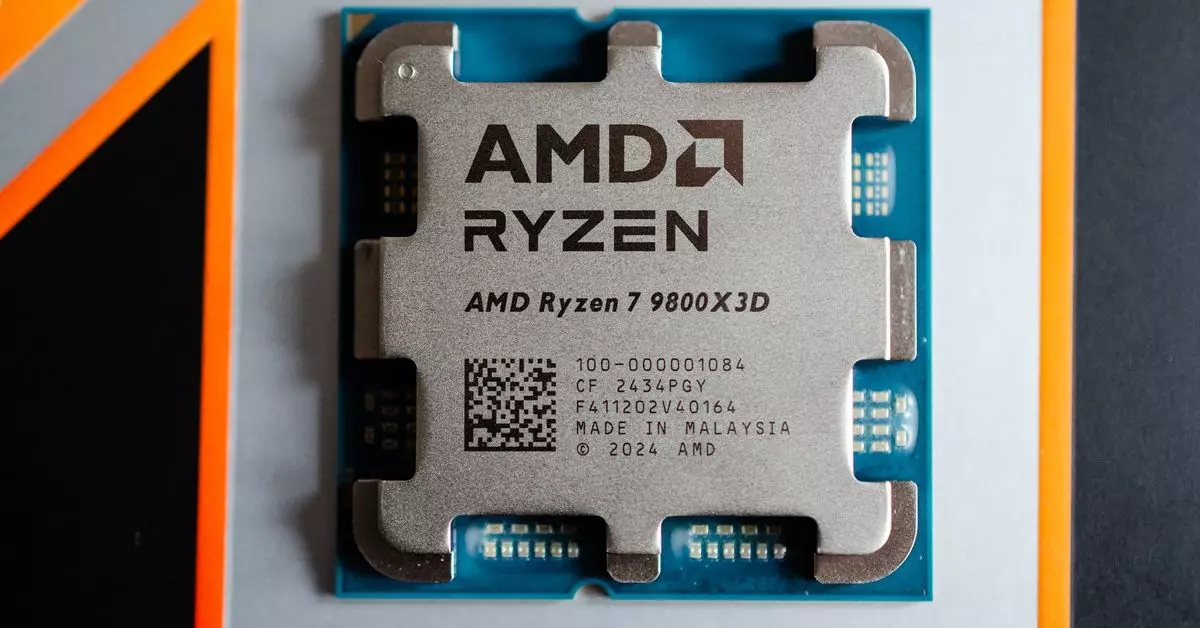The launch of AMD’s Ryzen 7 9800X3D marks a significant moment in the tech industry, garnering a multitude of positive reviews from enthusiasts and professionals alike. Having established itself as a formidable competitor in the CPU market, particularly in the gaming segment, AMD’s latest release is poised to set new performance benchmarks. However, the initial excitement surrounding the 9800X3D has been tempered by widespread stock shortages, which have left potential buyers frustrated and eager.
The demand for the 9800X3D is apparent, but the supply chain issues are equally evident. Major retailers such as Newegg, Best Buy, and Micro Center report that their inventories have been depleted soon after release, indicating that AMD may have underestimated the demand for this high-performance product. For consumers in Europe, the situation is not much better; retailers in Germany are also out of stock, and potential customers in the UK are being turned away or are forced to place preorders that will not be fulfilled until late November or even December. This paradox of high demand and low supply raises questions about AMD’s production capabilities and inventory management strategies.
The scarcity of the 9800X3D has opened the floodgates for opportunistic scalpers, who are seizing this chance to capitalize on the situation. Online platforms like eBay have seen listings for the 9800X3D reaching inflated prices of up to $999, far exceeding the manufacturer’s suggested retail price of $479. This not only frustrates genuine consumers but also disrupts the market dynamics that AMD strives to maintain. The presence of scalpers highlights a growing problem within the realm of tech product launches, where intense demand combined with inadequate supply can lead to rampant price gouging.
Interestingly, the timing of the 9800X3D’s launch appears somewhat unusual, particularly as it follows closely on the heels of AMD’s previous Zen 5 CPU introductions. This raises concerns about AMD’s foresight and strategic planning regarding product releases. Historically, AMD has taken longer between launches for its X3D variants, suggesting that the rushed release of the 9800X3D may not have been entirely deliberate. This prompts an essential examination of AMD’s overall strategy moving forward, particularly in light of the contrasting release schedule of the new Ryzen processors compared to its previous offerings.
As AMD navigates the challenges of meeting consumer demand while managing scalpers and supply constraints, it faces a pivotal moment in its history. The Ryzen 7 9800X3D holds significant promise as a premier gaming processor, but the company must urgently address its production and distribution shortcomings to avoid tarnishing its reputation within the industry. The coming weeks will be crucial for AMD as it seeks to replenish stock while also establishing a sustainable approach for future product launches. The Ryzen 7 9800X3D may represent a breakthrough in performance, yet without adequate supply, it risks becoming a fleeting moment of triumph instead of a lasting legacy.

